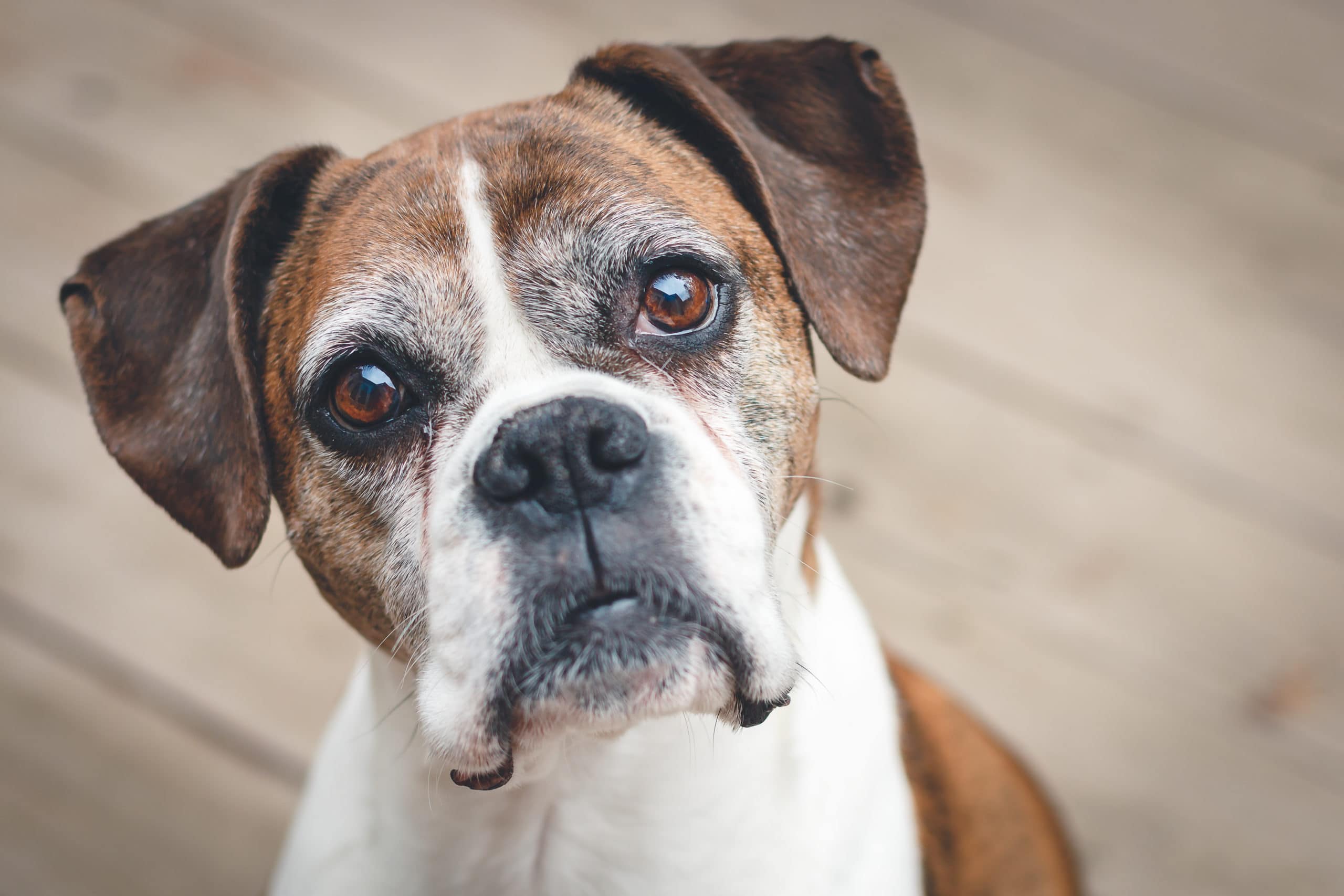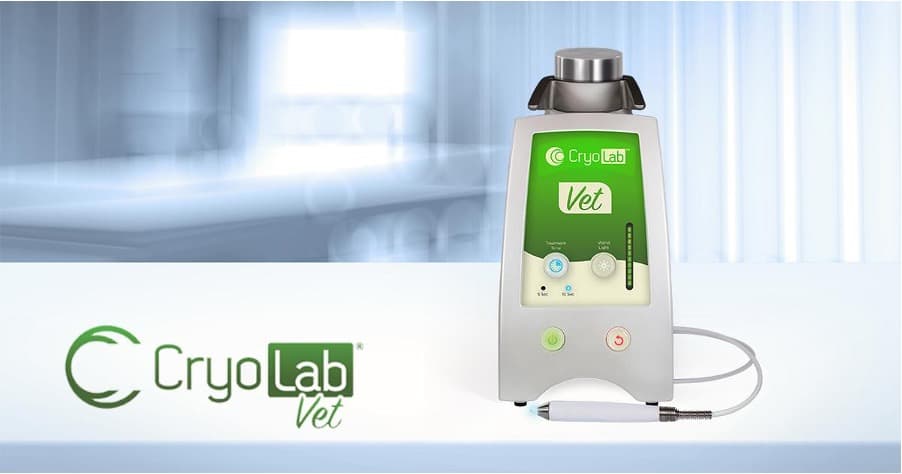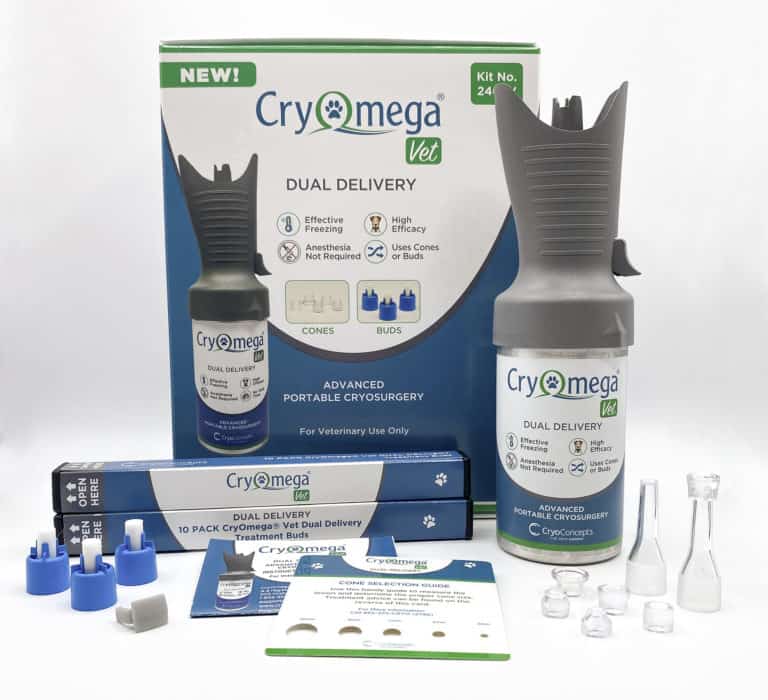
Improve First-Time Success Rates and Increase Profits
Most days veterinarians will see elderly patients whose lumps and bumps drive their owners crazy. Veterinary cryosurgery is an immediately available option for this, but when asked to remove them, the veterinarian often asks the patient’s owner to wait for a dental visit.
During the dental appointment, the lesions may be removed with a scalpel or electrocautery. The bad news with this approach is that it adds to the cost of the dental and the patient runs the risk of infection once they go home… and who can forget the look on the patient when you make them wear that cone.
An alternative that all vets know but may not have properly used is veterinary cryosurgery. The physiology of dogs and cats allows for aggressive use of cryosurgery without the risk of causing blisters and open wounds. Thus making it a quick effective way to treat warts and small skin tumors.
Cryosurgery results in the destruction of the target lumps and bumps but after the treatment, a scab sloughs off rather than an open wound. After cryosurgery, the busy practice can even video chat with the patient’s owner to check and see how the lesion healing process is progressing.
In this article, you will learn about new advances in cryosurgery product designs that will increase the first-time success rate of cryosurgery for benign lesions and how these new cryo devices will increase profits for the practice.
How to Properly use Veterinary Cryosurgery With Companion and Equine Patients | Protocols
Performing veterinary cryosurgery wrong is pretty easy to do. Under treat using a cryogen that is too warm. Or you don’t apply it for an appropriate amount of time. Another common mistake is not using multiple freeze/thaw cycles.
Now, if you want to be successful follow these key steps as an example when treating a wart or papilloma:
- Select a product that delivers an extreme cold gas that is less than -50oC to assure tissue destruction1
- Second: freeze the lesion for 30 seconds and then let it thaw to flesh color
- Third: Repeat the freeze-thaw 1-3 or more times2
When you are done with the application of intense cold treatment send the patient home and ask the owner to watch for the scab to fall off in 2-3 weeks. One properly done freeze session is all it takes to remove or significantly reduce any common benign lesion. Other protocols for treating eyelid tumors and the like are also easy to resolve with veterinary cryosurgery.
The good news for the practice is also the additional revenue that can be realized when patients and their owners don’t need to wait for a dental. Now, this blog was written to also tell you about a new generation of products that also make cryosurgery effective, easy to perform, and more comfortable for the veterinarian and patient.
Veterinary Cryo Devices That Do it Right
One of the historical drawbacks of cryo devices (mainly portable pen-like devices or small aerosol canisters), is that they all rely on small gas cartridges that deliver a limited amount of cryogen. Or worse, gas splatters all over when you spray into a cone held over the lesion. So, you might get to treat 2 to 4 lesions with a small cartridge, or the veterinarian and the patient have collateral freezing damage spraying into a cone. Using either technology increases the difficulty of using cryosurgery while driving up the disposable costs and hassle factor.
If you were starting from scratch and wanted to develop the next best cryosurgical device what features would be on your list? High on your list would be that your new cryo unit would use cryogens that are immediately less than -50oC to assure cell destruction. This is solved using Nitrous Oxide which reaches -89oC or newer refrigerants which are immediately -52oC.
Next, you would want a device that can hold a large supply of gas so you can drive down the cost per treatment and minimize the headache of constantly re-ordering new gas cartridges. Ideally, your new product will provide many treatments and be portable so it can travel between treatment rooms and be easy-to-store.
Finally, the ideal device would deliver a precise dispense of cryogen to minimize collateral damage of healthy tissue, including the veterinarians doing the treatment-NO SPLATTERING. So, the delivery method of best surgical techniques should be flexible and employ a spray, bud, or a cone in a design that, oh yes, can be operated using one hand.
The good news is that several new devices for veterinary cryosurgery that meet all of the items on the wish list above are now available to the large and small vet practice.

First, is a new piece of capital equipment called CryoLab® Vet and it dispenses nitrous oxide. The unit fixes the freeze cycles at 5 or 10 seconds. The on/off is on a wand that allows treatments from any direction or angle with illumination of the lesion being treated to assure proper surgical technique. The canister of nitrous oxide also has enough gas for 90 minutes of treatments which drives the disposable cost per treatment to just a few dollars per lesion. CryoLab® Vet is simple to use and a workhorse for Vet practices that perform a high volume of lesion removal.

A second new device called CryOmega® Vet Dual Delivery has also been introduced. The product uses a completely redesigned approach for buds or cones that deliver the cryogen to the treatment site without splatter. Both the buds and cones utilize designs that use a smaller amount of gas to perform a treatment thereby giving more treatments per kit.
The ability to use cones or buds allows Vets to customize the treatment based on the size and location of the lesion. Buds, for example, are perfect for eyelid tumors while cones do a great job with common topical lesions that are easy to reach. CryOmega® Vet Dual Delivery has enough gas to perform up to 200 dispenses along with a mix of buds and cones.
During field trials of the CryoLab® Vet and Dual Delivery devices with Veterinarians, Dr. Sam Niedbala, CEO of CryoConcepts, Bethlehem, PA, noticed something important in the clinical outcomes.
“Using the right cryogen gas and with an increased number of freeze/thaw cycles (3 to 6), veterinarians saw a dramatic increase in first-time success rates,” said Dr. Niedbala.
“And just as important, none of the patients experienced any blistering or issues tolerating multiple freeze/thaw cycles. In hindsight this relates to the physiology of companion animal skin and helped determine the best practice for veterinary cryosurgery,” added Niedbala.
The payoff of these findings has huge implications for Veterinary care. Number one is that cryosurgery can generate excellent first-time results which will lead to happier owners and patients.
In summary, cryosurgery is a standard of care in Veterinary medicine for many common benign skin lesions. It was often overlooked because of the limitations of older devices and improper technique. New advances in product design and treatment protocols will accelerate cryosurgery over the coming years as Vets achieve better outcomes resulting in happy owners, patients, and newly found practice revenue.
